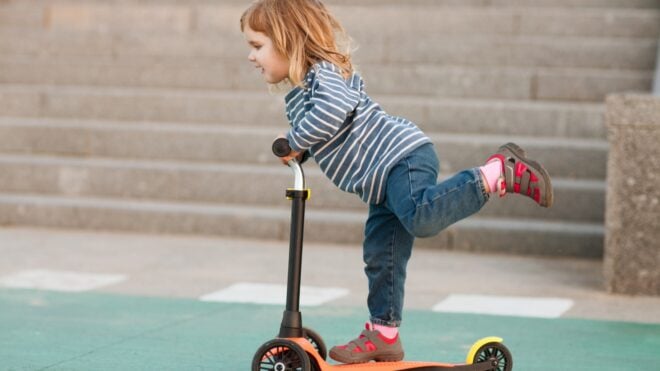Types
There are two basic types of steam cleaners: those that boil the water to high temperatures, producing steam that is very hot and dry and those that blow a cooler steam, generating more humidity on the cleaned surface.
Sizes
The machines designed for household use come in handheld types, which are meant for spot cleaning jobs, and in larger sizes that look more like vacuum cleaners but have various attachments for the cleaning of clothes, kitchen counters and other surfaces.
Green Attributes
Steam cleaners do require electricity to function, so they are not a perfectly green cleaning method, but they do eliminate the need for chemical substances, which represent a health and environmental hazard. Another advantage is that they don't create waste, being long-lasting machines. Also, for spot cleaning jobs, most steam cleaners require the use of fabric towels that can be washed along with regular laundry and reused, eliminating the need for disposable pads that end up in the landfills.
Considerations
In the garment cleaning sector, steam cleaning, sometimes called "dry steam cleaning," represents an excellent alternative to the dry, chemical treatment of clothes. Most traditional dry cleaners use a cleaning solvent called liquid perchloroethylene (perc), which is "suspected of causing cancer" by the U.S. Environmental Protection Agency (EPA) and was also "found to be moderately toxic to people." Although the organic steam cleaning companies offer greener cleaning options, even these businesses have given reasons for suspicion, as some use a solvent called DF-2000, a petroleum product that the EPA considers to cause "irritation of the eye, skin and respiratory tract, and neurotoxicity." EPA recognizes, however, "wetcleaning" (water-based cleaning) as an "environmentally preferable technology" that doesn't use hazardous chemicals, doesn't generate hazardous waste or air pollution and has a reduced potential for water and soil contamination.
Misconceptions
Many people associate steam cleaning with the large size vacuum-like appliances rented out by home stores for heavy carpet cleaning. Many of those, although called "steam cleaners," don't use steam but hot water and detergents to soak and brush the carpets. They absorb the resulted dirty water back inside the machine's canister and usually leave the carpets damp. Actual steam cleaners use only hot vapors that generate little moisture. They loosen and dislocate the dirt particles that may be later picked up by vacuuming or by light rubbing with a towel. Another difference is that the various hose attachments that accompany the steam cleaner make it suitable for multiple surfaces, not only carpets.



